Android Studio (using SDK 19, 21 or 22) shows an error that Eclipse ADT (using SDK 19) does not:
Error:9-patch image D:\Workspaces....\res\drawable-hdpi\btn_bg_common_press.9.png malformed. Error:Frame pixels must be either solid or transparent (not intermediate alphas). - Found at pixel #4 along top edge.
Or another error:
Error:Ticks in transparent frame must be black or red.
both within aapt
Error:Error: com.android.ide.common.process.ProcessException: org.gradle.process.internal.ExecException: Process 'command 'E:\Android\sdk-Android-Studio\build-tools\19.1.0\aapt.exe'' finished with non-zero exit value 42

Example of file is above, but there are 20+ such files that worked well.
How do I make Android Studio or Gradle skip this error and not fail without having to modify those files one-by-one?
If it is not possible with Gradle, what command-line tool could I use to replace all transparent pixel with non-transparent?
The build.gradle file for the application module (where resources are) is below.
I have tried both with SDK 19 and SDK 21 and build tools 19.1, 21.1.2, 22.
A similar issue on AOSP, Issue 159464: Android studio: mergeDebugResources FAILED when importing Eclipse project.
buildscript {
repositories {
jcenter()
}
dependencies {
classpath 'com.android.tools.build:gradle:1.1.+'
}
}
allprojects {
repositories {
jcenter()
}
}
//---
task wrapper(type: Wrapper) {
gradleVersion = '2.2.1'
}
apply plugin: 'com.android.application'
dependencies {
compile fileTree(dir: 'libs', include: '*.jar')
compile project(':afinal')
compile 'com.android.support:appcompat-v7:19.0.+'
//compile 'com.android.support:appcompat-v7:21.0.+'
}
//---
android {
sourceSets {
main {
manifest.srcFile 'AndroidManifest.xml'
res.srcDirs = ['res']
assets.srcDirs = ['assets']
}
}
compileSdkVersion 19
buildToolsVersion "19.1.0"
//compileSdkVersion 21
//buildToolsVersion "21.1.2"
//compileSdkVersion Integer.parseInt(project.COMPILE_SDK_VERSION)
//buildToolsVersion project.BUILD_TOOLS_VERSION
buildTypes {
release {
minifyEnabled false
proguardFiles getDefaultProguardFile('proguard-android.txt'), 'proguard-rules.txt'
zipAlignEnabled true
//signingConfig signingConfigs.release
}
debug {
zipAlignEnabled true
}
}
lintOptions {
//checkReleaseBuilds false
// Or, if you prefer, you can continue to check for errors in release builds,
// but continue the build even when errors are found:
abortOnError false // false also required by https://wiki.jenkins-ci.org/display/JENKINS/Android+Lint+Plugin
}
}//android
Android Gradle plugins sources are at https://android.googlesource.com/platform/tools/build/+/master.


